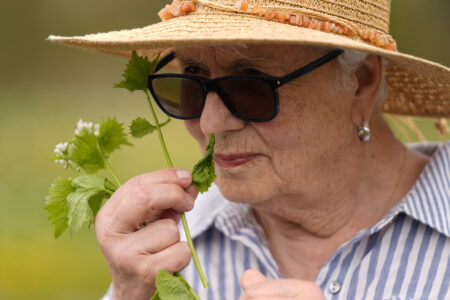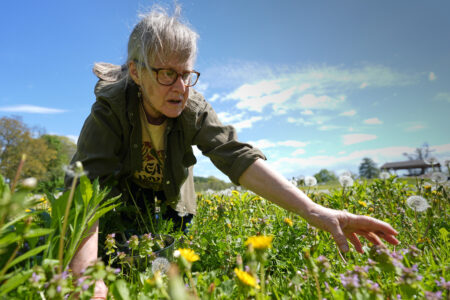Q&A: What are the best ways to protect against chainsaw injuries?
UNIVERSITY PARK — Fall is the time of year when thousands of Pennsylvania residents head to forests and woodlots with chainsaws to cut firewood to heat and enhance their homes over the coming winter months. It’s a risky endeavor, according to accident statistics and researchers in Penn State’s College of Agricultural Sciences. Judd Michael, professor of agricultural and biological engineering, who recently published a study in Safety on chainsaw injuries, urges those who use the powerful, dangerous tools to take precautions.
Michael and his co-author Serap Gorucu, of the University of Florida, conducted an exhaustive review and analysis of five years of chainsaw-related accident data from across the United States and collected in two public databases. In the Q&A below, Michael discussed some eye-opening takeaways and offers some solid advice.
Q: How common are chainsaw-related accidents?
Michael: The average person doesn’t realize how dangerous chainsaws are. We found that from 2018-22, nearly 130,000 people went to hospital emergency rooms in the U.S. for chainsaw-related injuries. And Pennsylvania is one of the top three states for chainsaw-related injuries. I think that’s because we have a large number of small individual landowners who might want to cut down some trees on their land to have firewood at their home or cabin. And Pennsylvania has an unparalleled forest resource, which leads a lot of people to want to cut their own firewood for either heat or ambiance — I think that leads to some of the hazards and some of the accidents.
Q: What stood out to you from the chainsaw-related accident statistics?
Michael: We saw that casual chainsaw users — what we call “weekend warriors” — are much more likely to be injured in an accident than professionals who use chainsaws regularly on the job. That’s because the pros receive training in safe usage of the tool and their use of personal protective equipment is high.
Q: What lessons can casual users learn from the professional to reduce their risks?
Michael: First and foremost — because we saw that cuts and fractures to arms and especially legs were the most frequent injuries, chainsaw users should wear Kevlar chaps to protect themselves, along with helmets, gloves and eye protection. And before venturing into a woodlot or forest with a chainsaw, they should take the time to receive some training.
Q: Does Penn State offer education that would help chainsaw users be safe?
Michael: Penn State Extension offers several videos instructing chainsaw users, and I recommend that anyone who plans to operate a chainsaw watch Chainsaw Safety Tips and Chainsaw PPE Protects People. Also, they should read this story about our previous work.
Also, in the Penn State College of Agriculture Sciences, we’re constantly working — via research, outreach, education and more — to protect the health and safety of Pennsylvania residents. I highly recommend that folks peruse the website for more information about how to protect themselves not just from chainsaw injuries but also from other potential hazards.
Q: From your research and many years of using chainsaws in the woods yourself, are there any more words of wisdom you can offer?
Michael: Yes, and it’s an important safety message: Statistics show that most victims are injured with cuts and open wounds from the saw teeth, but most deaths were caused not by the chainsaw itself, but by trees or limbs falling on victims who were using one. Chainsaw users should always be aware of their surroundings and keep bystanders away from the felling zone. Hazard recognition — from both the saw and surrounding objects — is one of the most important lessons a sawyer can learn.


